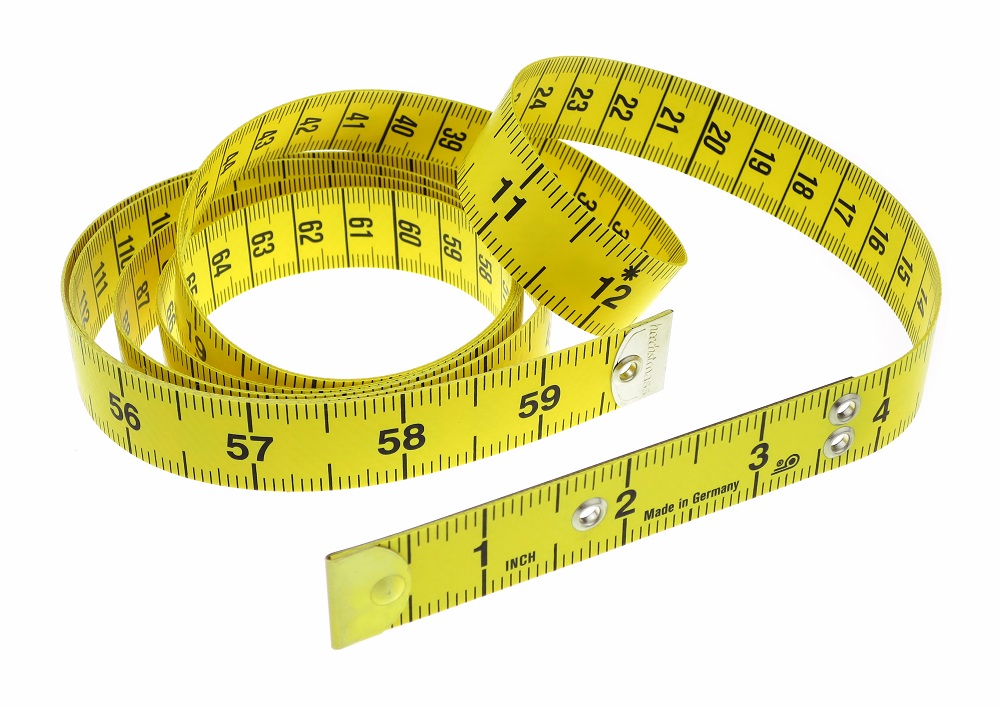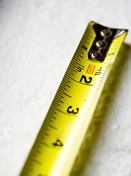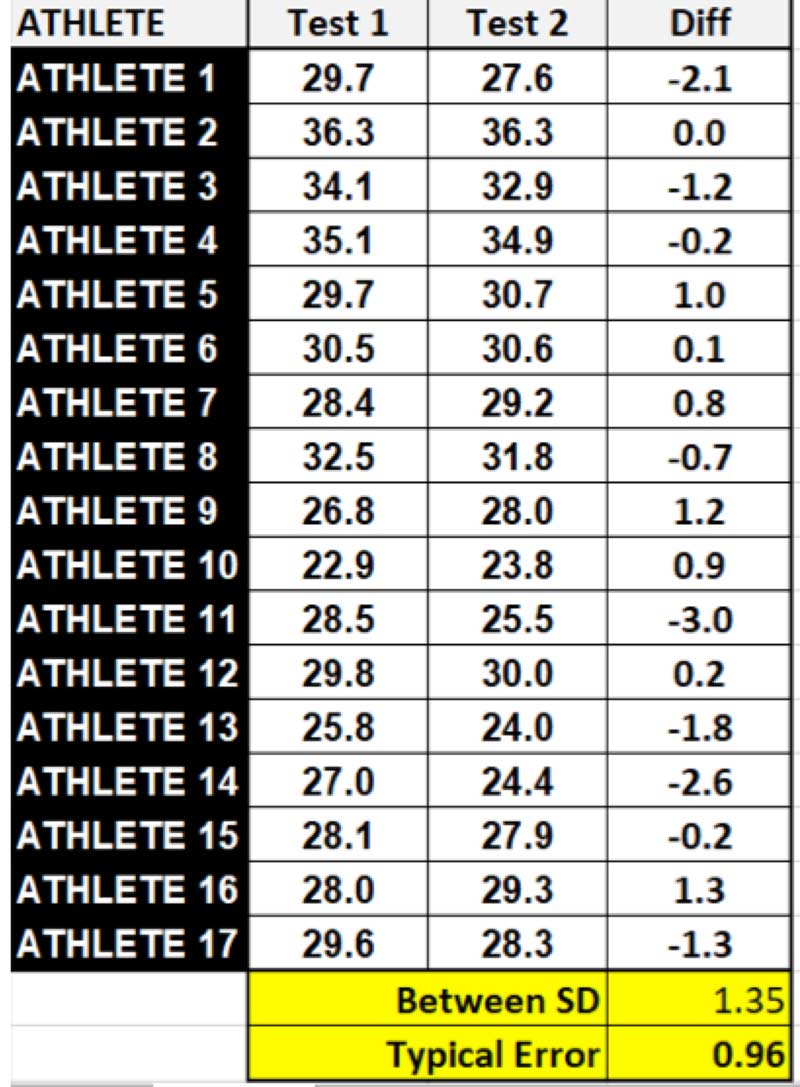

This means that random errors are unlikely to throw a measurement very far off the true value. This is called the Gaussian or normal distribution, or the "bell curve." The bell curve falls off rapidly in either direction. In Gauss' theory of errors, if the errors have a random cause, then the measurements will have a well-defined distribution around the true value. For example, the true value of the width of the table from our previous measurement, 88.2 ± 0.7 mm, is probably in the range 88.2+0.7 to 88.2-0.7, or 88.9 to 87.5 mm. The quantity X can be any measurement - it might be the strength of the Earth's magnetic field, or the temperature of the core of the Sun, or the number of stars in the Milky Way Galaxy. What does this actually mean? It means that the true value of the quantity we have measured is probably in the range X+σ to X-σ. In symbols, if a measurement X has a standard error σ, the result should be quoted as X ± σ.

It also comes from having to deal with variations over time (the wind speed in the evening may average 10 mph, but have an error due to lulls and gusts). we don't actually know the temperature of the center of the Sun, but derive it using theoretical calculations that take into account the mass, radius, and surface temperature of the Sun). So we would quote the measurement as 89 ± 0.5 mm.Įrror can also come from having to calculate values based on known values that already have error (e.g. If the smallest division on the tape measure is 1 mm, then the probable (or standard) error in your measurement is 0.05 mm. If we measure the width of a table with a tape measure, we might get the result 89 mm. Therefore, it is important to consider the sample size while estimating the standard error in measurement.At the simplest level, error can be assessed just by considering the accuracy of our tools. The standard error in measuring a longer length with the same precision decreases as the sample size increases. Therefore, the standard error of measuring 1.08 km with a precision of ± 0.01 m is 0.000833 m. Standard error = Standard deviation / √Sample size Standard deviation = 0.01 m / 2 = 0.005 m

Standard deviation can be calculated as half of the precision as it is given as ± 0.01 m. The standard error is the standard deviation of the sample divided by the square root of the sample size. Sample size = Total length / Length that can be measured with precision We can determine the sample size by dividing the total length to be measured by the length that can be measured with precision. We need to convert 1.08 km to meters as the precision of measurement is given in meters. We need to find the standard error in measuring 1.08 km with the same precision. Given, the length that can be taped with a precision of ± 0.01 m is 30 m.


 0 kommentar(er)
0 kommentar(er)
